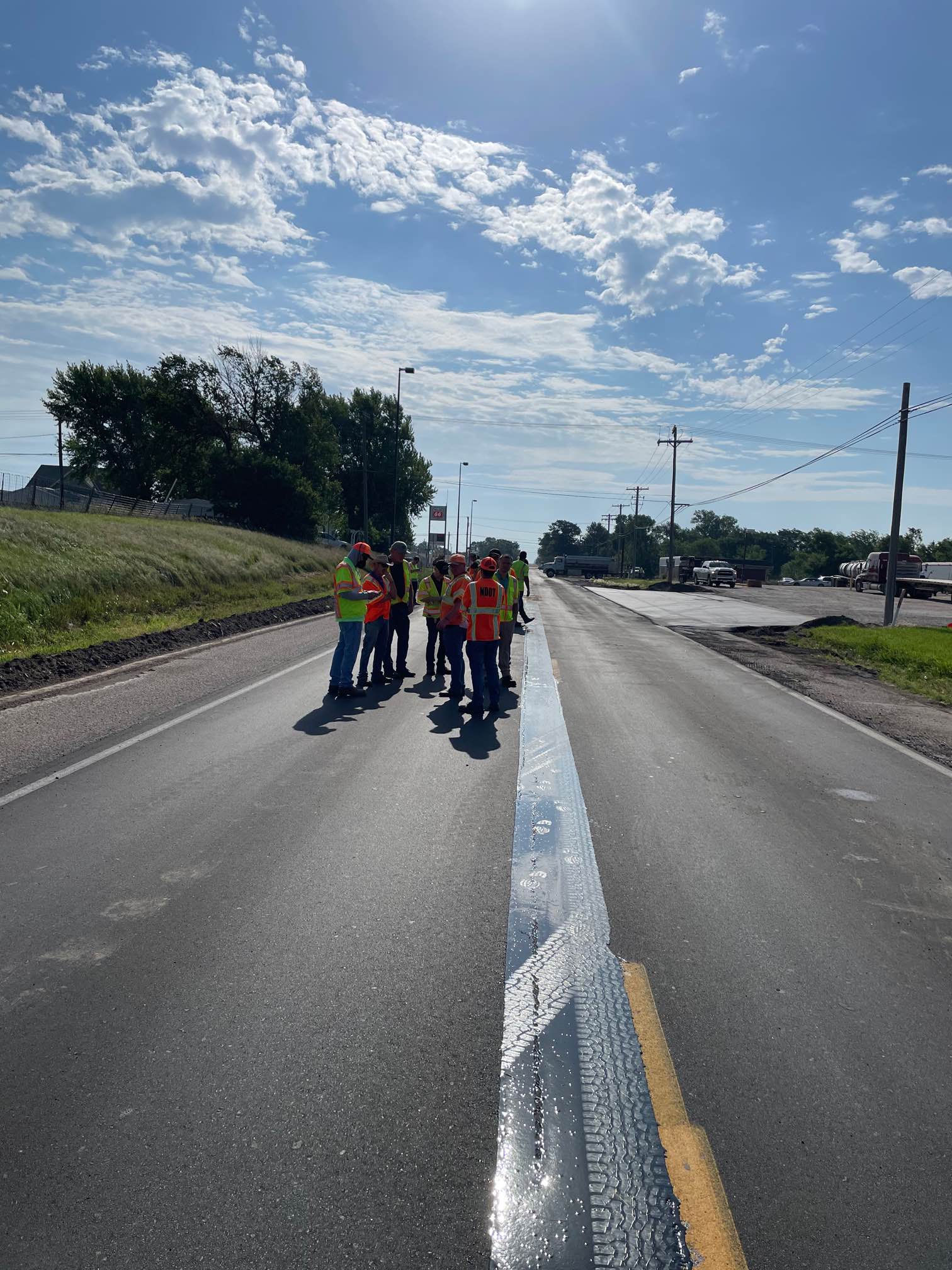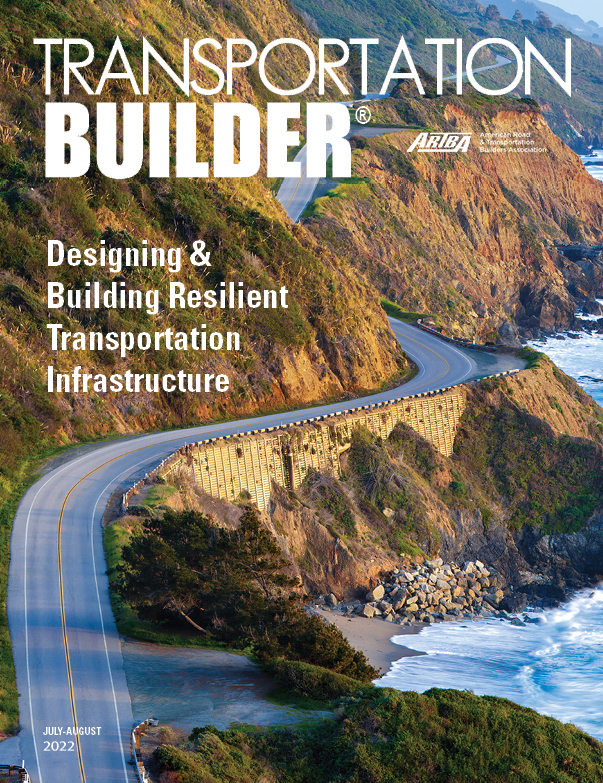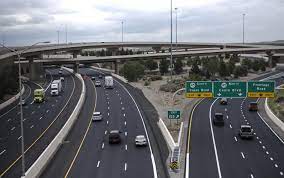Portions excerpted from the JULY – AUGUST 2022 Edition of TRANSPORTATION BUILDER Magazine from ARTBA, The American Road & Transportation Builders Association
ARTBA article written by PETER GLUS
The transportation sector has helped advance the definition of resiliency. While traditional sectors may focus on protection from weather events, transportation professionals focus on mission and function—protecting the journey and the means that get people where they need to go.
Recognizing the current evolution and trend within the transportation industry to see ourselves through the lens of resiliency, ARTBA recently defined resiliency as “the merger of knowledge and innovation to construct and maintain transportation infrastructure that adapts to and withstands the test of time, emergencies, and the environment.”
Definition:
The term “resiliency” can be defined in many ways in the transportation infrastructure space. In this context, “resiliency” is defined as the merging of knowledge and innovation to engineer, construct and maintain transportation infrastructure that adapts to and withstands the test of time, emergencies, and the environment. Technology can contribute to resiliency by helping a project better anticipate, prepare for and adapt to changing conditions and withstand and respond to disruptions for the expected life of the project.1
The public and private sectors continue to evolve through the use of innovation, technology, and processes to create a more resilient infrastructure. ARTBA supports the role of innovation and technology, as well as increased investment, in creating more resilient infrastructure and acknowledges that this will vary based on geography and is not ‘one-size-fits-all.’ New thinking in terms of quantifying the impact and benefits of resilient solutions as well as how innovative technologies are developed and deployed will guide these improvements.
These efforts have resulted in well-refined benefit-cost-analysis methodologies that are the cornerstone of federal and state grants and other financing. It is, however, challenging to define these broad functional categories with generally limited data, and the analyses are difficult to apply equally to rural communities, small cities, and large metropolitan areas.
In our (ARTBA’s) opinion, two steps can successfully enable the transportation sector to create a more accessible, standardized approach that accurately measures resiliency reflecting real-world conditions.
The first step is working with state department of transportation agency personnel by leveraging staff’s inherent understanding of unique cases, complexities, and geographical conditions in state-specific locations.
Agency field staff’s intuition and vast first-hand experience can be far more valuable than the most powerful supercomputer simulation. Design thinking and other techniques can be helpful in tapping into this vast database of understanding.
The second step is to then share and find commonalities from state to state, so that we can take this outpouring of “people data” and compare it, refine it, and use it to help prioritize focus and investment. By rethinking how we use agency personnel first-hand knowledge, we have at our fingertips the beginning of a contextualized framework for defining resiliency within states.
To read the full article in the AUGUST 2022 Edition of TRANSPORTATION BUILDER follow the link below.
https://www.artba.org/wp-content/uploads/2022/08/TB-July-August-2022-web.pdf
To read the AUGUST 2022 Edition of TRANSPORTATION BUILDER and others scan the QR Code below.
1 – The italicized, bolded language is taken from section 11405 of the Infrastructure Investment and Jobs Act.
Peter Glus is senior vice president and North America mobility sales director for Arcadis.





